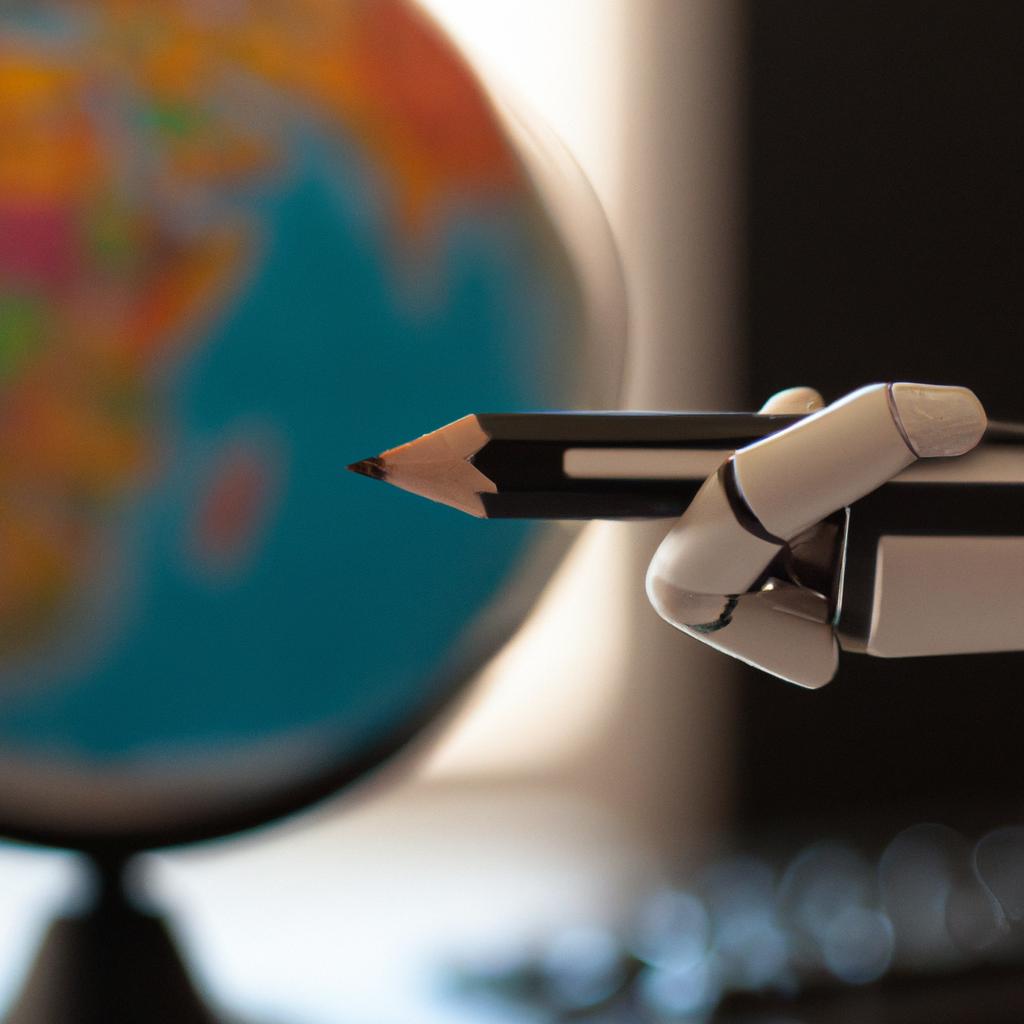Introduction to Automation and AI’s Impact on the Future of Work
Technology is transforming how the world works. Automation and artificial intelligence (AI) are playing an increasingly significant role in our lives and workplaces. This blog post will examine the impact that these two emerging technologies have on the future of work.
Automation involves replacing manual labor with machines or computers that can perform tasks without human intervention. AI, on the other hand, involves machines that can “think” and respond to inputs according to a set of predetermined rules. Both of these technologies are revolutionizing the workplace, with far-reaching implications for the future of work.
In this post, we’ll explore the history of automated and AI-driven workplace changes, current trends in automation and AI, as well as the potential benefits and risks of these technologies for the future of work. We’ll also discuss strategies for managing the risks associated with automation and AI.
Exploring the History of Automation and AI
Automation and AI have been reshaping how work gets done for a long time. As early as the mid-1800s, the invention of the steam engine and the introduction of remote-controlled machines began to automate production in different industries. This shift automated tasks that would have otherwise been done by hand. It was also the first time machines ran tasks without a human operator.
In the 1900s, technology improved workplace productivity significantly. From the first automated telephone switchboards in the 1910s to the invention of the assembly line in the 1920s, automation and AI continued to help make the process of work faster and more efficient. In the 1950s, the use of computers for data storage and processing increased the speed of business further.
Today, the speed of automation and AI technology is developing rapidly due to advances in software development and hardware engineering. AI capabilities such as natural language processing (NLP), machine learning (ML), and robotics are transforming the way we do business. These technologies are allowing businesses to optimize processes and eliminate manual labor that used to take up a lot of time and money. Automation and AI technologies can handle a variety of tasks that traditionally require human interaction with greater accuracy and faster results.
This shift towards automation and AI has been accelerating over the last decade, and is having a significant impact on the future of work. Although this does not necessarily mean a reduction in jobs, it does mean a shift in the types of roles and responsibilities that are available. It is also likely to change the way people interact with technology, with more automated processes taking over roles that were once solely completed by humans.
Types of Automation and Artificial Intelligence
Automation technologies have been around since the industrial revolution, however, AI is a relatively new concept. AI can be used in automation to increase efficiency and accuracy in processes that require a lot of time or are prone to human error. Here are some examples of automation and AI that are currently being used in the workplace:
- Robotic Process Automation (RPA): Robots can be programmed to carry out structured tasks that normally require human input. RPA is increasingly being used for data entry, order processing, customer service, and even more complex decision-making activities.
- Machine Learning: Machine learning algorithms use training data to recognize patterns and assign labels. It can be used for prediction and forecasting applications, such as sales forecasting or demand planning.
- Natural Language Processing (NLP) and Virtual Assistants: NLP is the ability of a technology to understand human language and intent. This technology is used in virtual assistants that help customers and employees find information quickly and easily.
- Autonomous Agents: These are software programs that can carry out tasks independently without any human interaction, such as internet search bots. Autonomous agents can be used for customer service, monitoring systems, or to automate routine tasks.
In addition to these, there are other types of automation technologies that can be used to improve productivity and accuracy in the workplace. Understanding the different types of automation and AI is essential to stay ahead of the curve in the ever-evolving world of work.
comments: 0

